Beekeeping Tools
Dremel Website
|
|
|
|---|
|
Beekeeping Tools Dremel Website |
Dremel Type
|
|---|

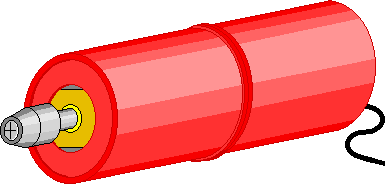 The cylindrical red version that is illustrated at left...
Is commonly available and does not cost very much. They are available
with a 3 jaw adjustable chuck or with sets of collets.
The cylindrical red version that is illustrated at left...
Is commonly available and does not cost very much. They are available
with a 3 jaw adjustable chuck or with sets of collets.
| HSS burrs |
  |
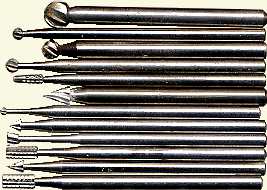 |
|---|---|---|
| Abrasive cutting discs |
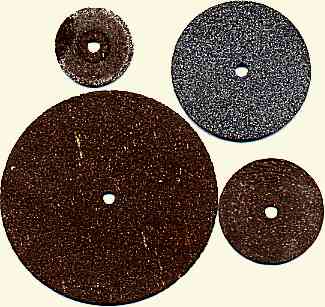 |
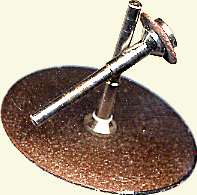 |
| Grinding points |
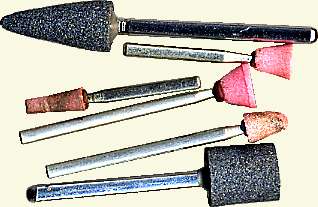 |
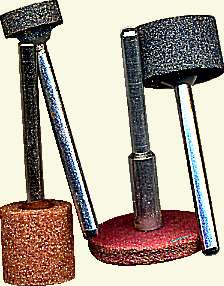 |
| Unusual or special profiles can be achieved by shaping the rotating grindstone, using a dresser that is formed from a harder grade of abrasive material. | ||
| Dressing stone & sample dressed stone | 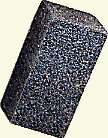 |
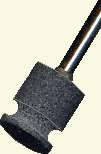 |
| Sanding drums | 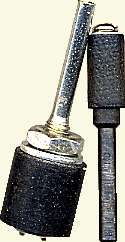
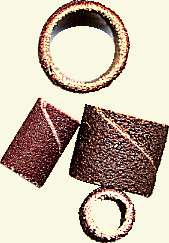 |
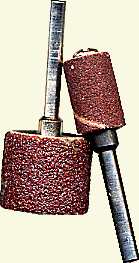 |
| Sanding discs |
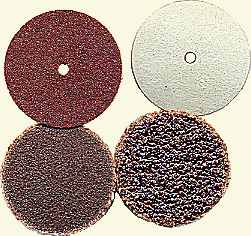 |
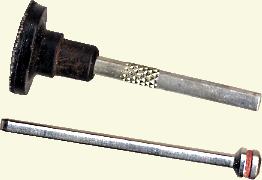 |
| Diamond tipped grinding tools |
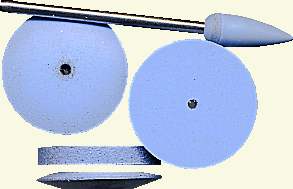 |
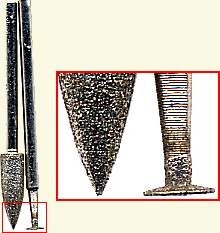 |
| Rotating brushes | 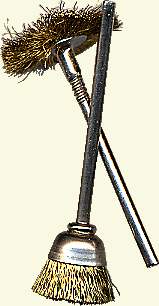
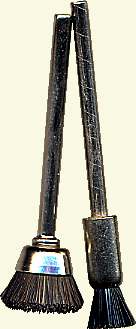 |
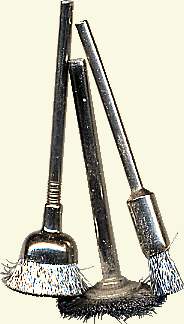 |
| Polishing mops (bobs) | 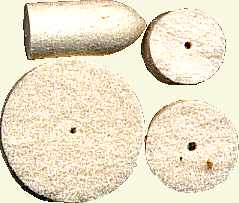
|
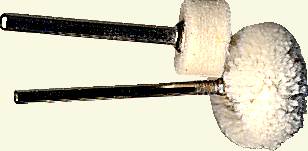 |
| Mandrels |
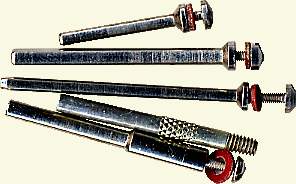
|
|
| Small diameter drills |
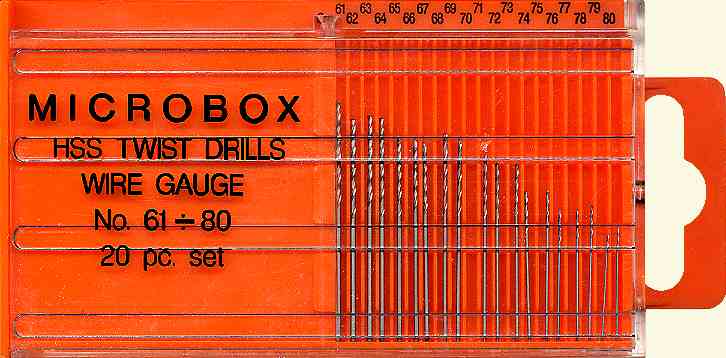
|
|---|
Dave Cushman.
Page created 20/03/2002
Written... 20 March 2002, New Domain... 21 to 27 January 2004, Upgraded... 12 August 2004, |
|
|
|---|